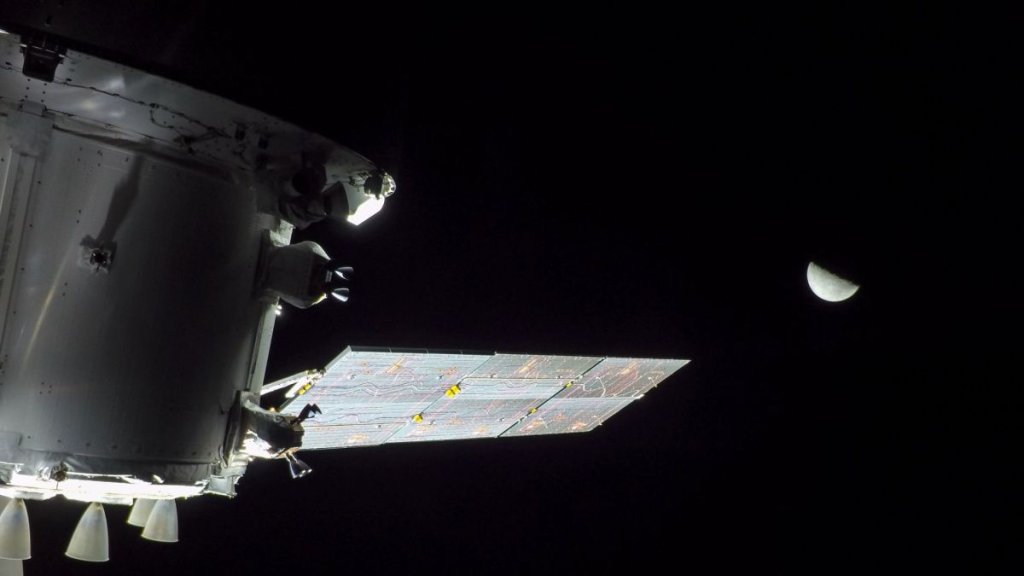
NASA to reveal Artemis 2 moon astronauts on April 3 (Image Credit: Space.com)
Less than a month from now, we’ll learn who will fly on NASA’s first crewed moon mission since the Apollo era.
“On April the third, we will announce the crew for the first mission back to the moon in over a half century,” NASA Administrator Bill Nelson said during his annual “State of NASA” address on Thursday (March 9). “Four astronauts, three from America and one from Canada, will fly around the moon.”
NASA is currently targeting November 2024 for the launch of that roughly 10-day-long mission, which is known as Artemis 2.
Related: NASA’s Artemis program: Everything you need to know
As its name suggests, Artemis 2 is the second mission in NASA’s Artemis program of lunar exploration. It will employ the agency’s Space Launch System (SLS) megarocket and Orion capsule, which proved their flight readiness on the Artemis 1 mission late last year.
The 25-day-long Artemis 1 sent an uncrewed Orion to lunar orbit and back. It was the first mission for the SLS, the most powerful rocket ever to launch successfully, and just the second for Orion, after an uncrewed test flight to Earth orbit back in 2014. (That previous Orion mission lifted off atop a United Launch Alliance Delta IV Heavy rocket.)
If Artemis 2 goes well, NASA will begin focusing on Artemis 3, which will land astronauts near the moon’s south pole in 2025 or thereabouts. The Artemis 3 crew will include the first woman and the first person of color to set foot on the moon, NASA officials have said.
We’ll soon learn more about Artemis 3 as well: On Wednesday (March 15), NASA and Houston-based company Axiom Space will reveal a prototype version of the spacesuit that Artemis 3 astronauts will wear on the lunar surface. Axiom is building those suits for NASA, as part of a deal the agency announced last September.
Artemis 3 won’t mark the end of the Artemis program. NASA plans to build a crewed research outpost near the moon’s south pole by the end of the 2020s. The lessons and skills learned during this effort will help the agency get astronauts to Mars, which it aims to do by the late 2030s or early 2040s, NASA officials have said.
Mike Wall is the author of “Out There (opens in new tab)” (Grand Central Publishing, 2018; illustrated by Karl Tate), a book about the search for alien life. Follow him on Twitter @michaeldwall (opens in new tab). Follow us @Spacedotcom (opens in new tab), or on Facebook (opens in new tab) and Instagram (opens in new tab).








